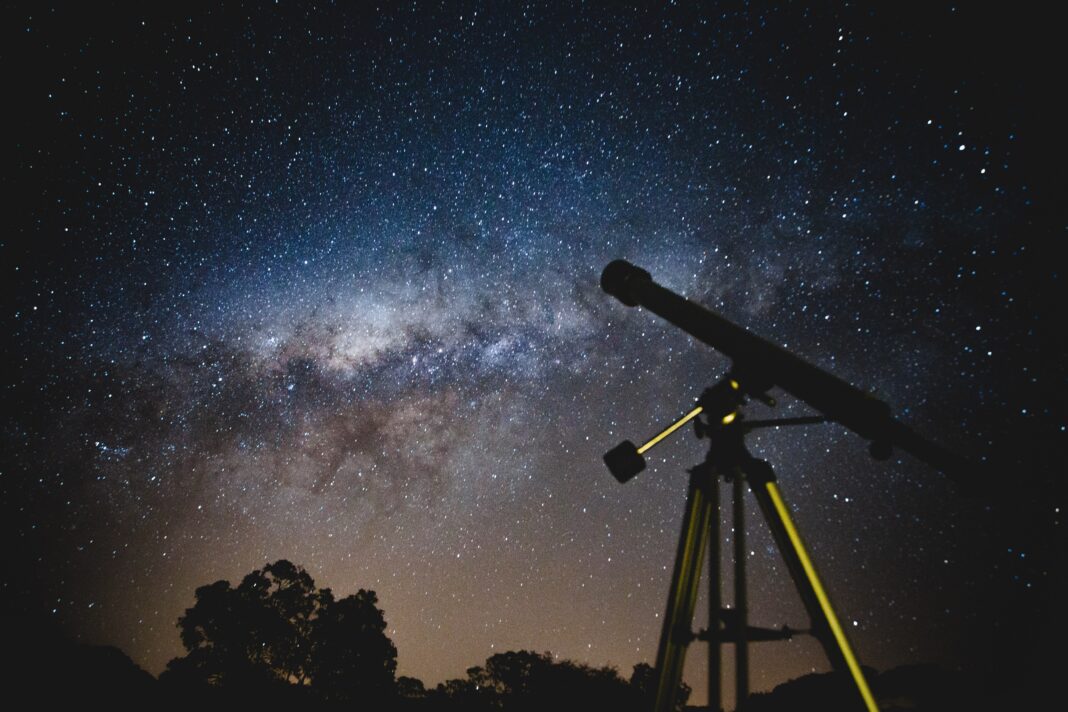The heavens do declare glory as well as stories. When the Hubble Space Telescope opened its vision-corrected mirrors to space it revealed an astounding array of never-before-seen-by-a-human’s-eye structures. One example was christened the Pillars of Creation, part of the Eagle Nebula, www.nasa.gov/image-feature/the-pillars-of-creation which had viewers of the image in awe when it was published in 1995.
April is providing a meteor shower this week. The Lyrids appear to spring from the constellation Lyra, the Lyre (harp) and the peak will be late evening on the 22nd. Lyra will emerge from the eastern horizon and be about 30 degrees above the southern horizon at midnight. The best opportunity to catch one of those ‘falling stars’ that are not falling stars will be in the pre-dawn hours. Even if you have no cash for entertainment after paying your income taxes, keeping an eye on the sky is free unless you decide you need a telescope. They are nice to have once you learn how to use one, but you don’t need your own telescope when other folks are often willing to share the view through theirs.
If the meteor shower fizzles, you are still giving yourself an opportunity to watch the parade of planets in the eastern sky with the moon in the constellation Sagittarius about 4 a.m. Saturn will be emerging, accompanied by Mars; they will be followed by Venus and finally Jupiter. What a splendid sight to enjoy with someone special.
Because of their orbits, we will see Jupiter slipping past Venus at the end of the month. As I often mention, keeping track of their locations could spark an interest for a science fair project or even a career. There is always something wonderful going on in our clockwork universe.
Speaking of clockwork, you might enjoy reading Dava Sobel’s book Longitude to learn intriguing and wonderful details about solving the problem of ship captains being able to know where they were as they sailed across the earth’s oceans, using a highly accurate chronograph.
And then there is our space view above the solar system using the face of the clock to help picture the positions. Mercury is at 11:00, Venus at 6:00, Earth at 8:00, Mars at 5:30. Farther out, Jupiter and Saturn are both at 4:00, Uranus at 1:00 and Neptune at 3:30. If you draw concentric rings and imagine the clock face and then draw in circles on the rings you will understand why we see the lineup of four planets in the pre-dawn sky.
Our earth rotates from west to east on its axis 15 degrees each hour, meaning our sun ‘rises and crosses’ the sky from east to south to west 15 degrees as well. It made sense to have a round -faced clock when those clocks had hands that rotated about the axis of the dial on the clock. The digital clock’s development means we just get numbers changing on the face of the clock. Not nearly as interesting.
Time’s up. Stopping here. See you next week. KLU.





